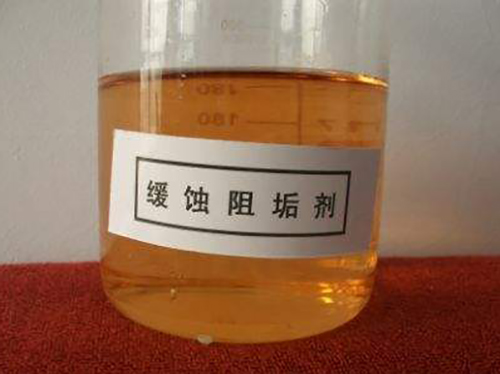Advancements in the Production Technologies of Polyacrylamide for Various Industrial Applications
The Production of Polyacrylamide A Comprehensive Overview
Polyacrylamide (PAM) is a versatile polymer widely used in various applications, including water treatment, soil conditioning, and enhanced oil recovery. Its production involves several critical processes that transform acrylamide monomers into a functional polyacrylamide compound. This article delves into the production processes, applications, and environmental considerations associated with polyacrylamide.
Synthesis of Polyacrylamide
The production of polyacrylamide typically begins with the polymerization of acrylamide, a water-soluble monomer. The polymerization process can be initiated through various methods, including radical initiation, which is the most common technique. This method involves the use of a chemical initiator that generates free radicals, promoting the growth of polymer chains.
1. Preparation of Monomers The first step in producing polyacrylamide is the preparation of acrylamide monomers. Acrylamide is typically synthesized from acrylonitrile via a hydrolysis process. Although acrylamide can be produced through other methods, the hydrolysis of acrylonitrile is preferred due to its efficiency.
2. Polymerization Process Once acrylamide is prepared, it is subjected to polymerization. The conventional method involves dissolving acrylamide in water and adding a polymerization initiator. Common initiators include potassium persulfate or ammonium persulfate. Under controlled temperature conditions, radical reactions occur, allowing the acrylamide to polymerize and form polyacrylamide.
3. Control of Polymer Properties The properties of polyacrylamide can be tailored by adjusting the polymerization conditions. Factors such as temperature, pH, concentration of initiators, and the presence of crosslinking agents influence the molecular weight and structure of the final product. Typically, polyacrylamide can be produced in various forms, including non-ionic, anionic, and cationic types, each suited for specific applications.
Applications of Polyacrylamide
Polyacrylamide's unique properties make it suitable for various applications across multiple industries
polyacrylamide production

- Water Treatment One of the most significant applications of polyacrylamide is in water treatment. It acts as a flocculating agent, aiding in the removal of suspended solids from water. PAM is commonly used in municipal wastewater treatment and in the treatment of industrial effluents.
- Soil Conditioning In the agricultural sector, polyacrylamide is employed as a soil conditioner
. It enhances soil structure, reduces erosion, and improves water retention, thus promoting better crop yield and sustainable farming practices.- Enhanced Oil Recovery In the oil industry, polyacrylamide plays a crucial role in enhanced oil recovery techniques. It is used in water flooding, where water is injected to displace oil. PAM improves the viscosity of the injected water, leading to more effective oil extraction.
- Cosmetics and Personal Care Polyacrylamide is also found in cosmetics and personal care products for its thickening and stabilizing properties. It is used in lotions, creams, and gels to provide desirable texture and consistency.
Environmental Considerations
Despite its wide range of applications, the production and use of polyacrylamide pose environmental challenges. Acrylamide is classified as a potentially harmful substance, and its handling requires strict safety protocols to prevent exposure. Concerns have been raised about the residual acrylamide in finished products, necessitating thorough purification processes during production.
Moreover, the biodegradability of polyacrylamide is an important consideration. While the polymer itself is not highly biodegradable, it can be modified to enhance its environmental profile. Researchers are working on developing biodegradable derivatives of polyacrylamide to mitigate its environmental impact.
Conclusion
The production of polyacrylamide is a complex process that leverages the unique properties of acrylamide monomers. With applications ranging from water treatment to agriculture and cosmetics, PAM is an indispensable material in modern industry. However, the environmental implications of its production and use highlight the need for responsible practices and innovations aimed at reducing its ecological footprint. As research continues, the evolution of polyacrylamide technology promises to deliver more sustainable solutions to meet the demands of diverse sectors.
-
Water Treatment with Flocculant Water TreatmentNewsJun.12,2025
-
Polymaleic AnhydrideNewsJun.12,2025
-
Polyaspartic AcidNewsJun.12,2025
-
Enhance Industrial Processes with IsothiazolinonesNewsJun.12,2025
-
Enhance Industrial Processes with PBTCA SolutionsNewsJun.12,2025
-
Dodecyldimethylbenzylammonium Chloride SolutionsNewsJun.12,2025





